How to Use Oils for Oil Pulling: A Step-by-Step Guide
Oil pulling, an ancient Ayurvedic practice, has gained immense popularity as a natural way to promote oral hygiene and overall health. This simple yet effective technique involves swishing oil around in the mouth for a period of time, which is believed to help "pull" out toxins, bacteria, and impurities. Advocates claim that oil pulling can improve dental health, reduce bad breath, whiten teeth, and even aid in detoxification. In this step-by-step guide, we'll walk you through everything you need to know about oil pulling, including the best oils to use, the proper technique, and how to incorporate it into your daily routine.
What Is Oil Pulling?
Oil pulling, or "kavala" in Ayurvedic medicine, is an oral hygiene technique that involves swishing edible oil in your mouth for about 10 to 20 minutes. The idea behind this practice is that oil has the ability to attract and trap harmful bacteria, toxins, and other impurities from the mouth. After the oil is swished around for a set period, it is spit out, and the mouth is rinsed thoroughly.
Traditionally, sesame oil was used in Ayurveda for oil pulling, but today, other oils like coconut oil and sunflower oil are also commonly used. Each oil has its own set of benefits, which we’ll discuss in detail later in this guide.

Benefits of Oil Pulling
Proponents of oil pulling suggest a wide range of benefits, some of which are supported by scientific studies. Here are the most commonly reported benefits:
- Improves Oral Hygiene: Oil pulling can help reduce harmful bacteria in the mouth, including Streptococcus mutans, which is linked to cavities and gum disease. By decreasing bacterial load, oil pulling can help improve oral hygiene.

- Prevents Cavities: The reduction of bacteria and plaque formation through oil pulling may help lower the risk of cavities. Regular oil pulling may also reduce plaque-induced gingivitis, a form of gum inflammation.

- Reduces Bad Breath (Halitosis): Oil pulling can effectively reduce bad breath by eliminating odor-causing bacteria and improving overall oral cleanliness.

- Teeth Whitening: Many people report a natural whitening effect after practicing oil pulling consistently. The oil can help remove surface stains from teeth, leading to a brighter smile over time.

- Promotes Detoxification: While not scientifically proven, some advocates believe that oil pulling helps draw out toxins from the body, promoting better overall health.
- Soothes Dry Mouth: For people who suffer from dry mouth (xerostomia), oil pulling can help lubricate the oral cavity and increase saliva production.
Choosing the Right Oil for Oil Pulling
The type of oil you choose plays a significant role in your oil pulling experience. While many edible oils can be used, some are more popular due to their unique properties:
- Coconut Oil: Coconut oil is one of the most widely recommended oils for oil pulling due to its pleasant taste, availability, and antibacterial properties. Coconut oil contains lauric acid, which has antimicrobial effects against harmful oral bacteria. It also has a mild flavor, making it easier to tolerate for extended swishing.
- Sesame Oil: Traditionally used in Ayurveda, sesame oil is packed with antioxidants and has antibacterial properties. While it has a more neutral flavor, it may be slightly heavier in texture compared to coconut oil. It’s known for its ability to help soothe and heal inflamed gums.
- Sunflower Oil: Sunflower oil is another option for oil pulling. It has anti-inflammatory properties and is rich in omega-6 fatty acids, which can contribute to oral health. However, it doesn’t have the same antibacterial potency as coconut oil.
- Olive Oil: Olive oil is high in monounsaturated fats and has anti-inflammatory and antioxidant properties. While not as common as coconut or sesame oil, some people prefer olive oil due to its nutrient-rich profile and mild taste.
Step-by-Step Guide to Oil Pulling
Now that we’ve covered the benefits and types of oils, let’s dive into the step-by-step process of oil pulling:
- Step 1: Choose Your Oil - Select an edible, high-quality oil such as coconut oil, sesame, or sunflower oil. For beginners, coconut oil is often the easiest to start with due to its pleasant taste and smooth texture. Make sure the oil is organic and cold-pressed, as this ensures that it’s free of harmful additives and retains its natural nutrients.
- Step 2: Measure Out the Oil - Take about one tablespoon (10-15 mL) of oil. If you’re new to oil pulling or have a small mouth, you can start with a teaspoon and gradually work your way up to a tablespoon as you get used to the process.
- Step 3: Swish the Oil in Your Mouth - Place the oil in your mouth and begin to gently swish it around. Move the oil slowly through your teeth and around the gums, ensuring that it touches all parts of your mouth. Avoid vigorous swishing, as this can lead to jaw fatigue. You can either use slow, deliberate movements or let the oil naturally move as you breathe.
- Step 4: Continue for 10-20 Minutes - The key to effective oil pulling is maintaining it for at least 10 minutes, ideally up to 20 minutes. During this time, the oil will become thinner and take on a milky white appearance as it emulsifies with saliva and traps toxins and bacteria.
- Step 5: Spit Out the Oil - After 10-20 minutes, spit the oil into a trash can or tissue. Do not spit the oil down the sink or toilet, as it can solidify and clog pipes. The oil will now contain harmful bacteria, so it’s important to discard it properly.
- Step 6: Rinse Your Mouth - Rinse your mouth thoroughly with warm water to remove any remaining oil residue. You can also use a saltwater solution, which may further help cleanse your mouth and neutralize any leftover bacteria.
- Step 7: Brush Your Teeth - After rinsing, brush your teeth as usual. This will remove any remaining oil and provide additional cleaning, leaving your mouth feeling fresh and clean.
When to Do Oil Pulling
For best results, oil pulling should be done on an empty stomach, preferably in the morning before breakfast. You can also do it before bed if it fits better into your schedule. Consistency is key, so aim to practice oil pulling daily or at least a few times a week to experience its full benefits.
Potential Side Effects and Considerations
Oil pulling is generally considered safe for most people, but it’s important to be aware of potential side effects and considerations:
- Jaw Fatigue: Swishing oil for an extended period can cause jaw fatigue or soreness. If this happens, try shortening the duration or use a smaller amount of oil.
- Upset Stomach: If you swallow the oil accidentally, it may cause an upset stomach. Be careful not to swallow the oil, and make sure to spit it out and rinse your mouth thoroughly.
- Allergies: If you have allergies to certain oils, avoid using those oils for oil pulling. Opt for alternatives that are safe for you.
- Dental Health Issues: Oil pulling should not replace regular dental care. If you have existing dental issues or concerns, consult with your dentist before starting oil pulling.
Conclusion
Oil pulling is a simple and natural practice that may offer a range of benefits for oral health and overall well-being. By following the step-by-step guide provided and choosing a high-quality oil like coconut oil or groundnut oil, you can start incorporating this ancient technique into your daily routine. Remember to maintain good oral hygiene practices and consult with your dentist if you have any concerns. Happy oil pulling!



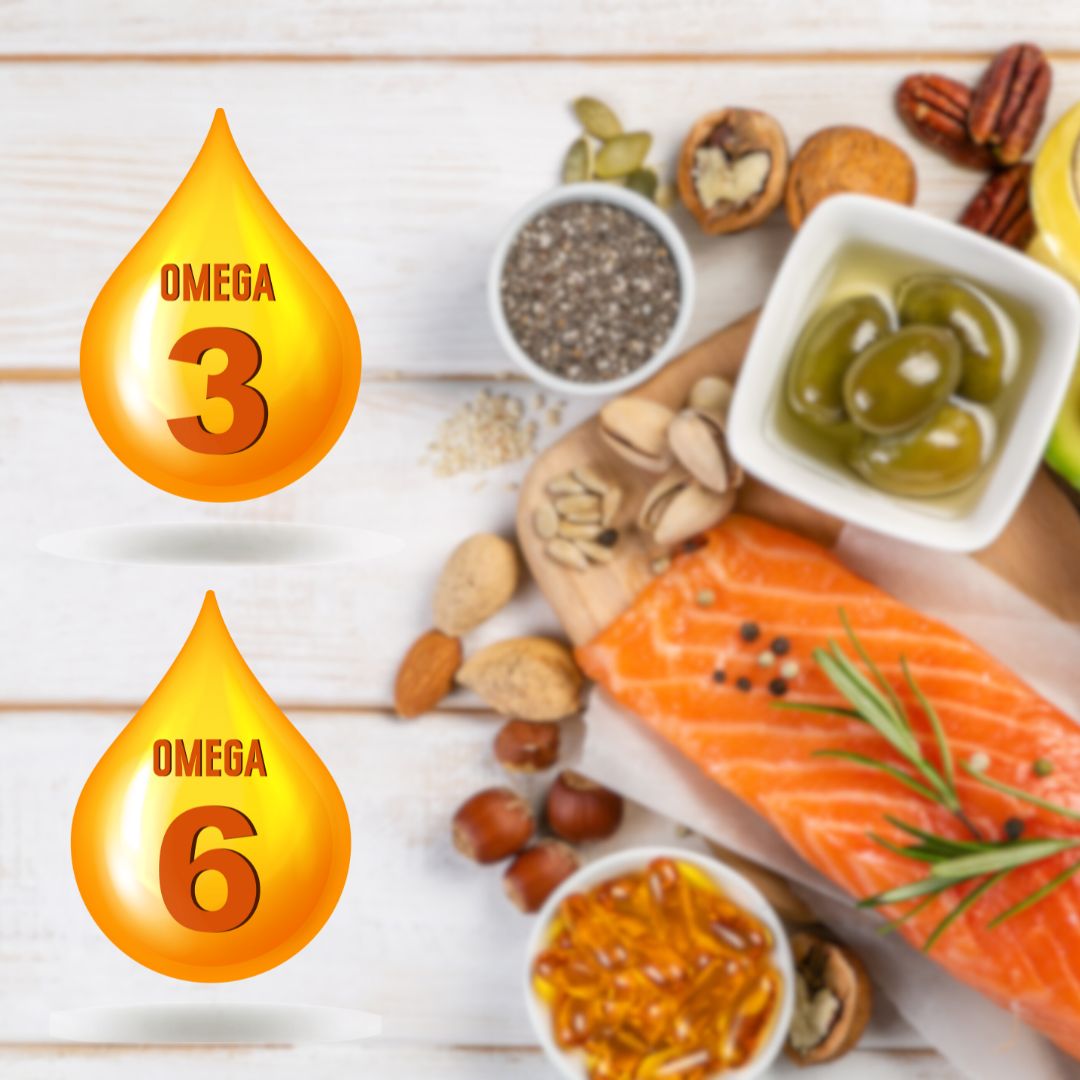


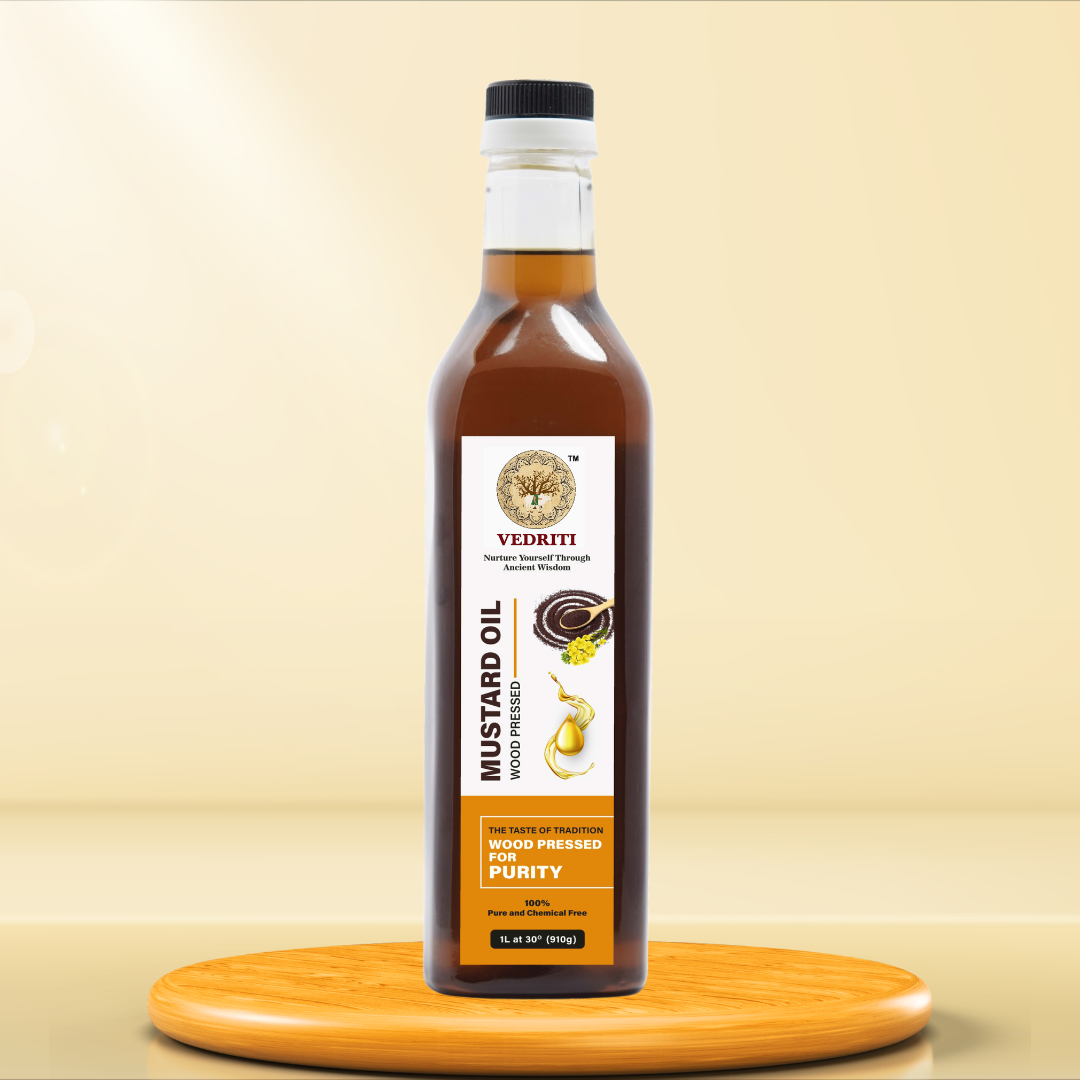
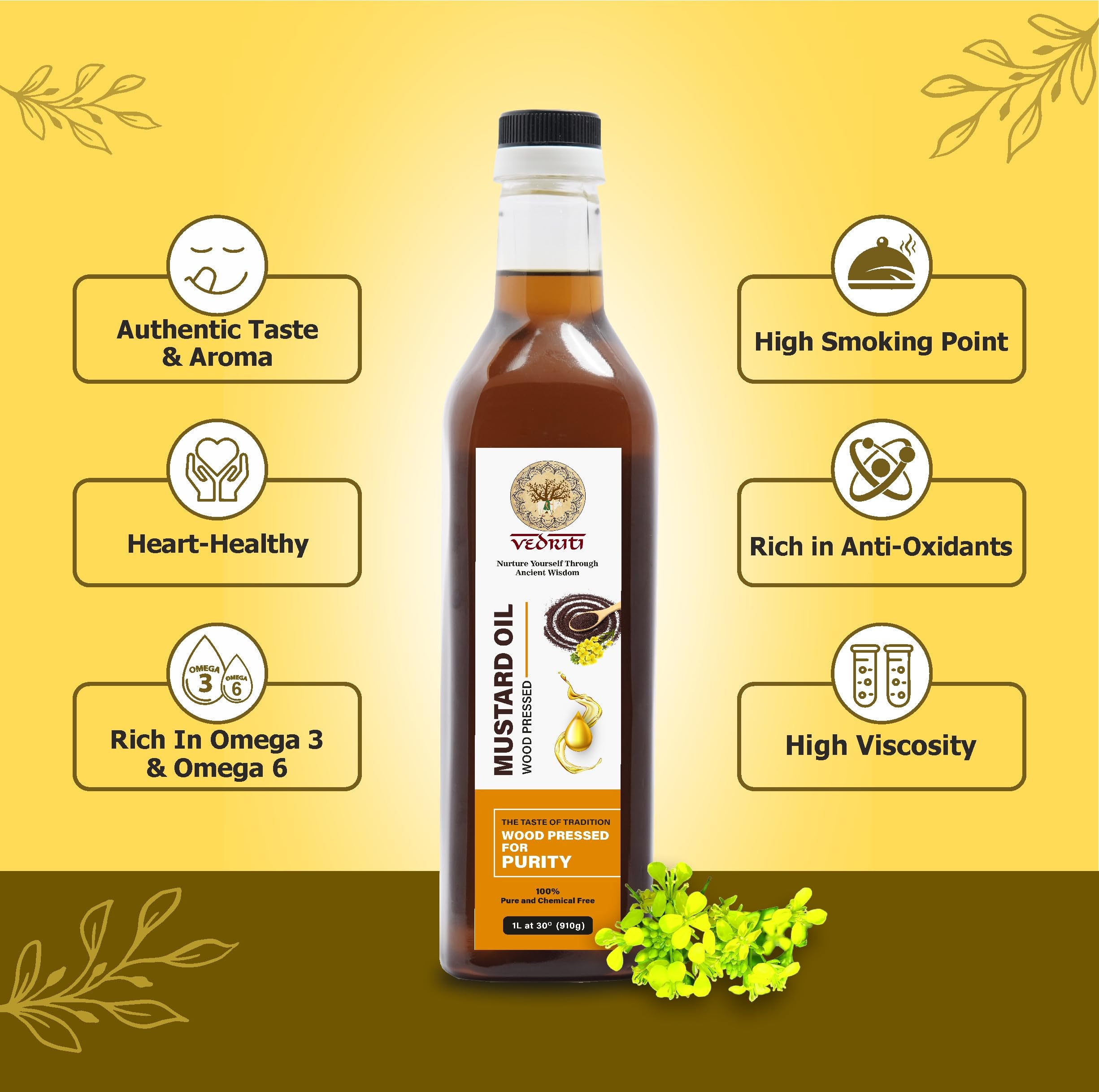
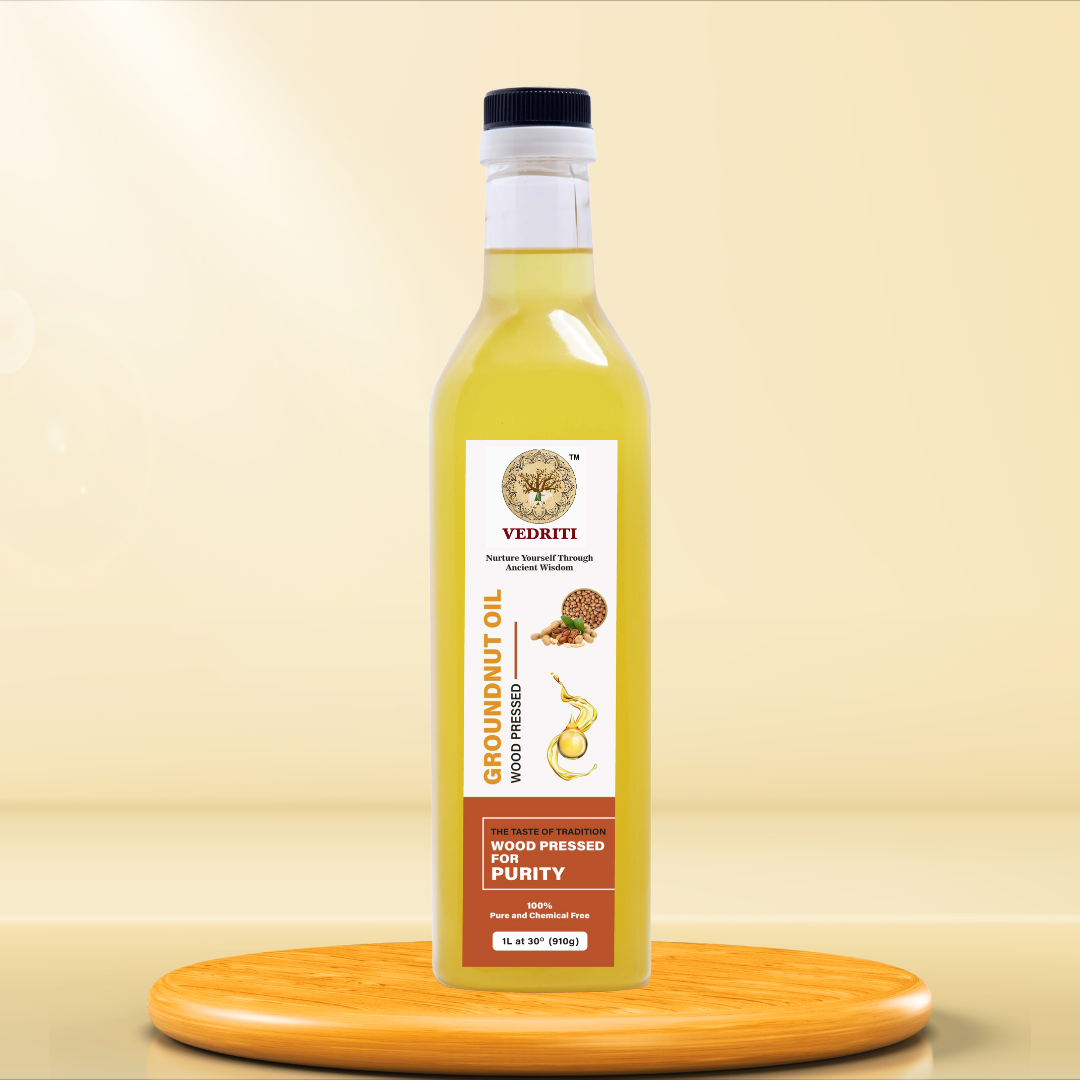

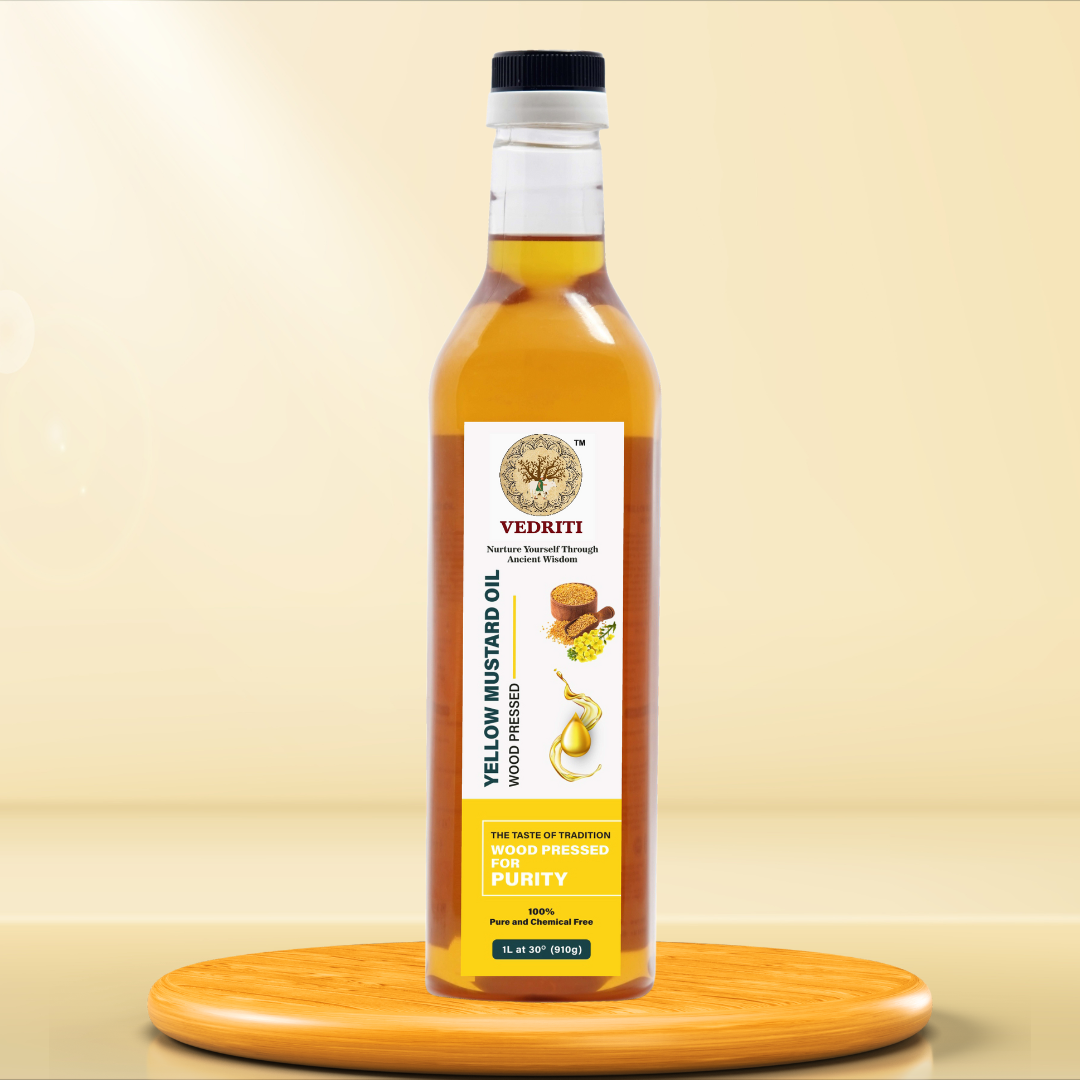

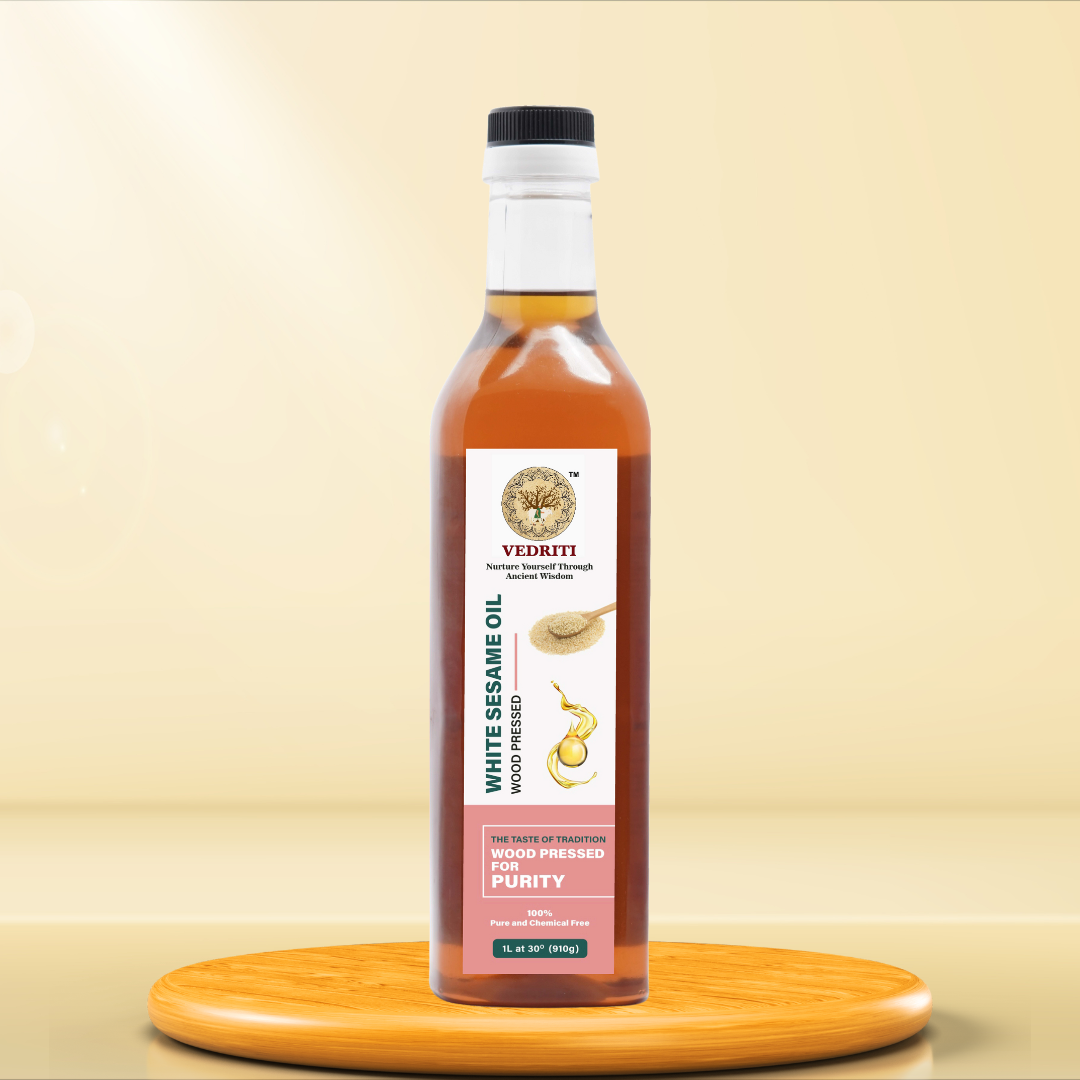

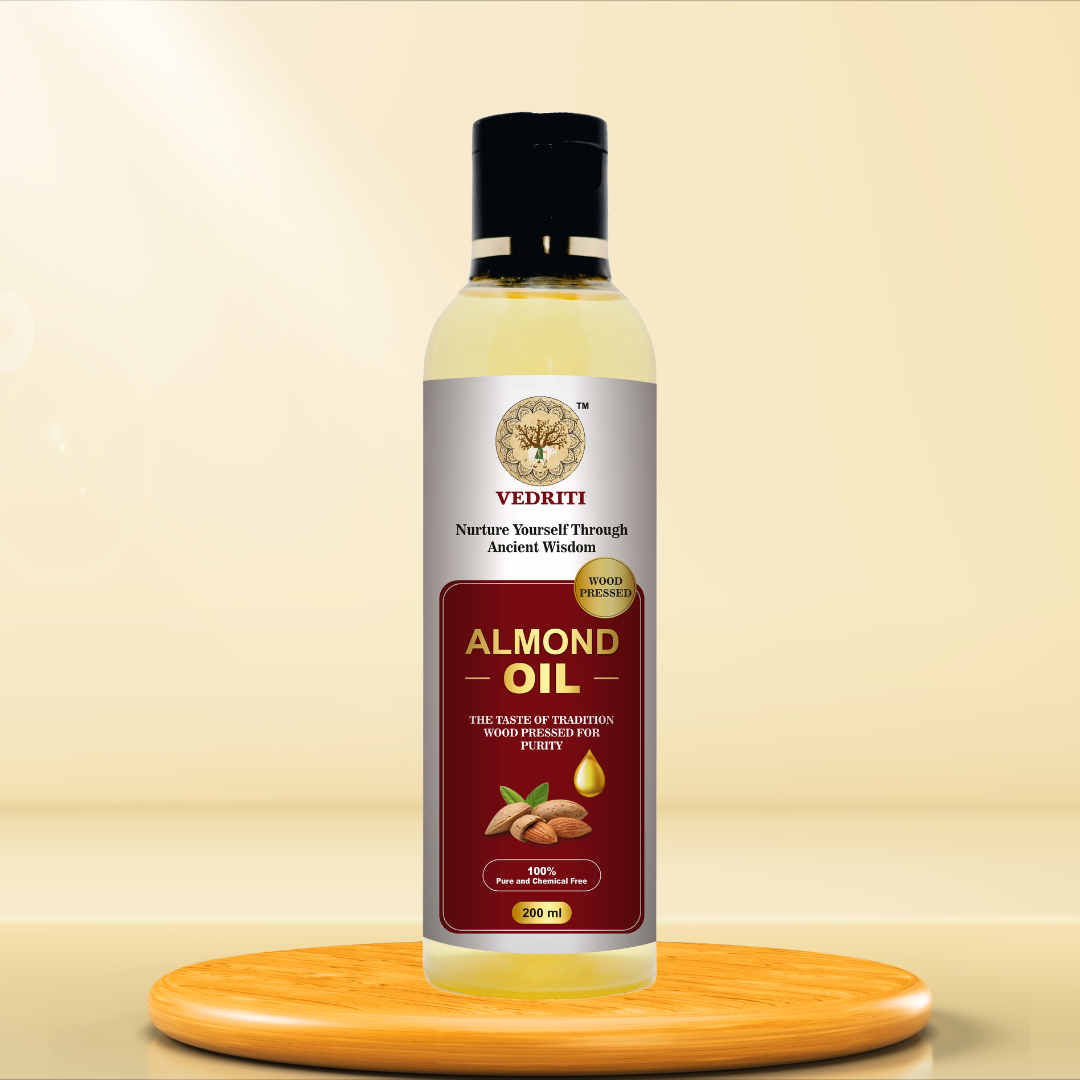



Leave a comment
All comments are moderated before being published.
This site is protected by hCaptcha and the hCaptcha Privacy Policy and Terms of Service apply.